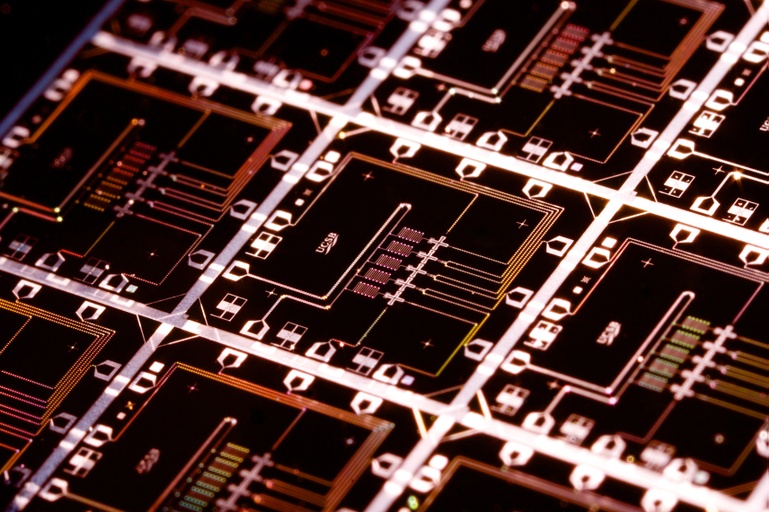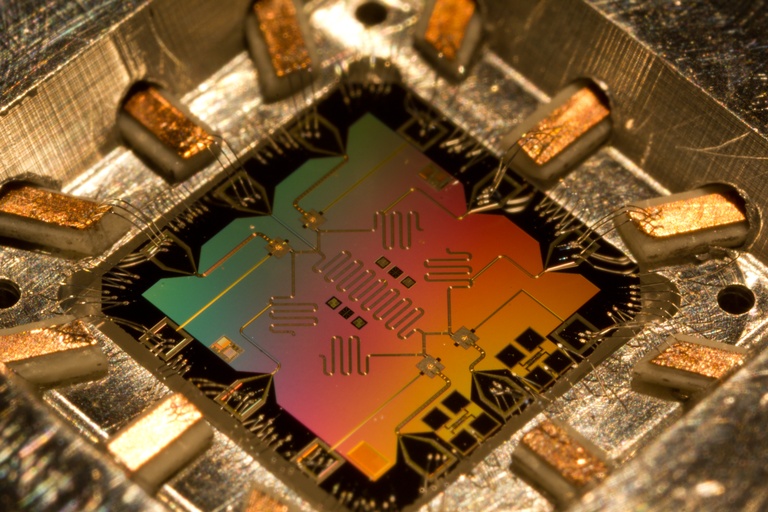Selling computing services from a superconducting supercomputer hosted in space.
Updated: 2024-02-24
Created: 2018-12-05
Status
Analysis in the Market Analysis of a Privately Owned and Operated Space Station reached a conclusion that this is impractical, because cooling in space is very difficult. Superconducting computers or superconducting quantum computers are still in the early stages of research.
Perhaps permanently shadowed Moon craters would be a better alternative thanks to conduction in addition to radiation and even colder environment?
Applications
- Data processing services.
Why & Solution
The following is directly quoted from Market Analysis of a Privately Owned and Operated Space Station.
Some experts have proposed that a supercomputer in space could generate revenues by selling processing services (expert interview; Cozmuta 2014). On Earth, supercomputers provide processing services involving complex operations and large data sets. Operators have found that supercomputers designed to be cooled from the ambient temperature of 280 Kelvin (K) to 4 K perform much better than supercomputers designed to operate at ambient temperatures. These supercomputers require substantial amounts of power for cooling, however—about 2 megawatts for exascale computing (expert interview). If such a supercomputer were to be placed in space, it would have to be cooled from only 40 K (the temperature of LEO in shade) to 4 K, which requires about 0.5 megawatts. In other words, a supercomputing data center in space might require significantly less cooling than it would on the ground.1
We found that although a superconducting computer in space might be small and light, the cooling system would not be, so launch costs for such a system are a concern. Although the cooling required for a supercomputer in space is less than on Earth, objects in space can only be cooled by radiative processes. Currently, the ISS is kept cool with roughly 30 square meters of a radiator (NASA 2013c); the James Webb Space Telescope (JWST) has a 220 square meter sunshield to maintain temperatures below 50 K (Space Telescope Science Institute 2016). Without advances in cooling, a superconducting supercomputer would require even larger radiators to operate.1
An exascale system on orbit would likely require power well beyond the generation from a practical solar array. It might even require a nuclear reactor to provide sufficient power to run and operate the computer with all the additional costs that would entail. It is unknown what level of radiation hardening is required for such a sophisticated computer in space. An experiment was launched to the ISS in August 2017 to investigate how long a computer can function during a solar storm without radiation hardening but with software hardening (Wattles 2017; expert interview). A supercomputer is also likely to require maintenance while on-orbit, a cost which has to be considered in the design process.1
For these reasons, it appears that it would cost substantially more to operate a supercooled supercomputer in space than on Earth, so no estimates of revenues for a space station were generated for this activity.1


Earthly Solution Risk
While space itself is relately cold then cooling in vacuum is extra difficult and liquid helium is much more accessible on Earth.